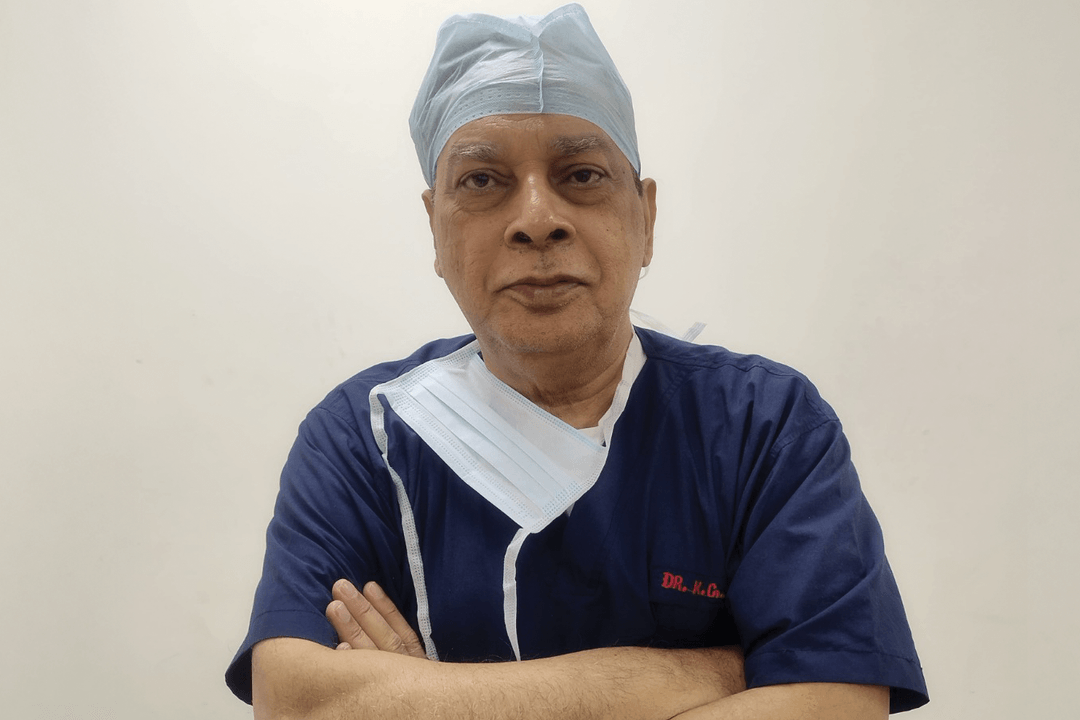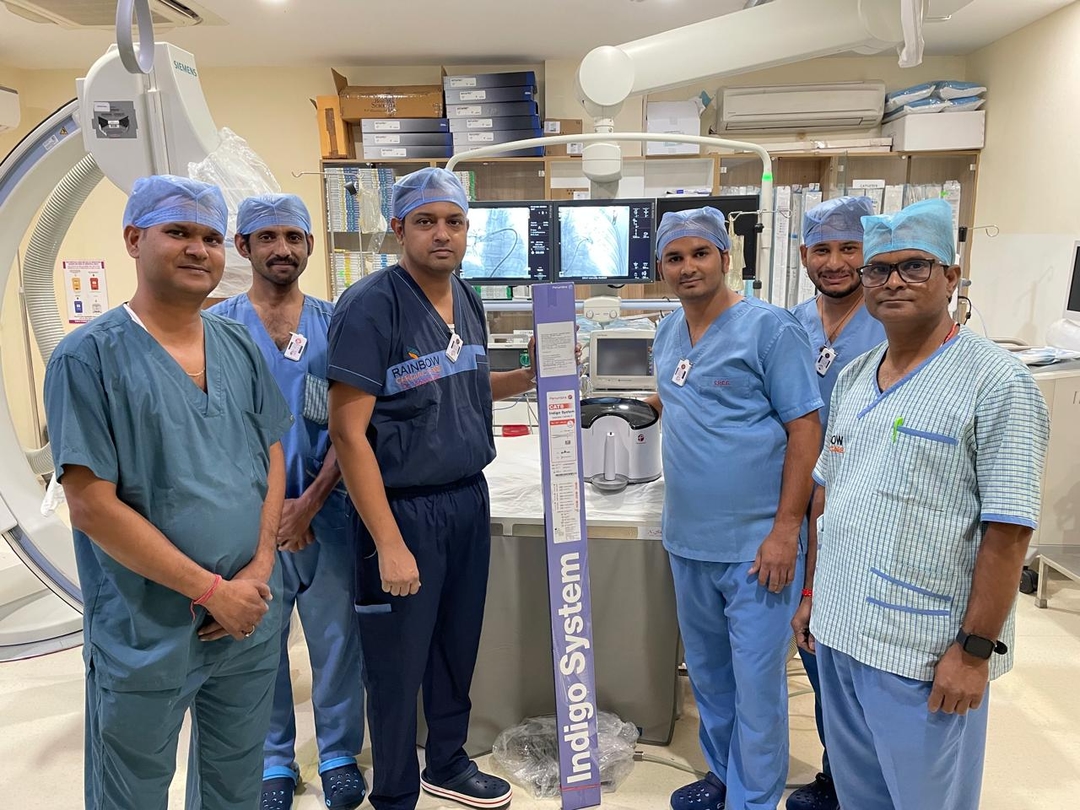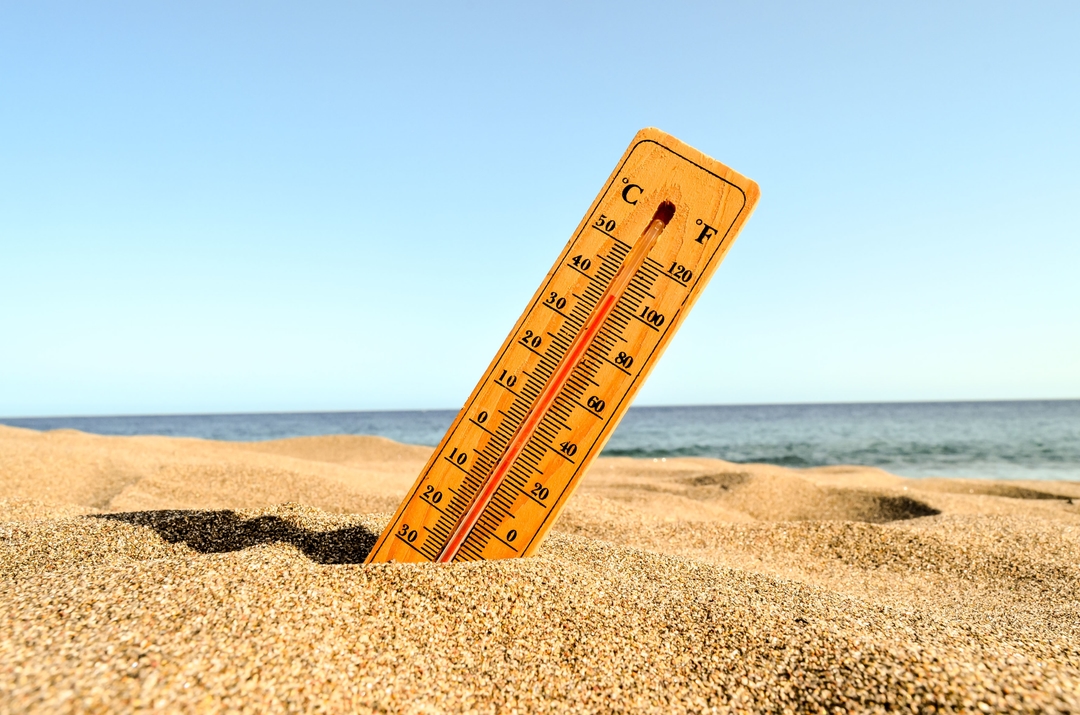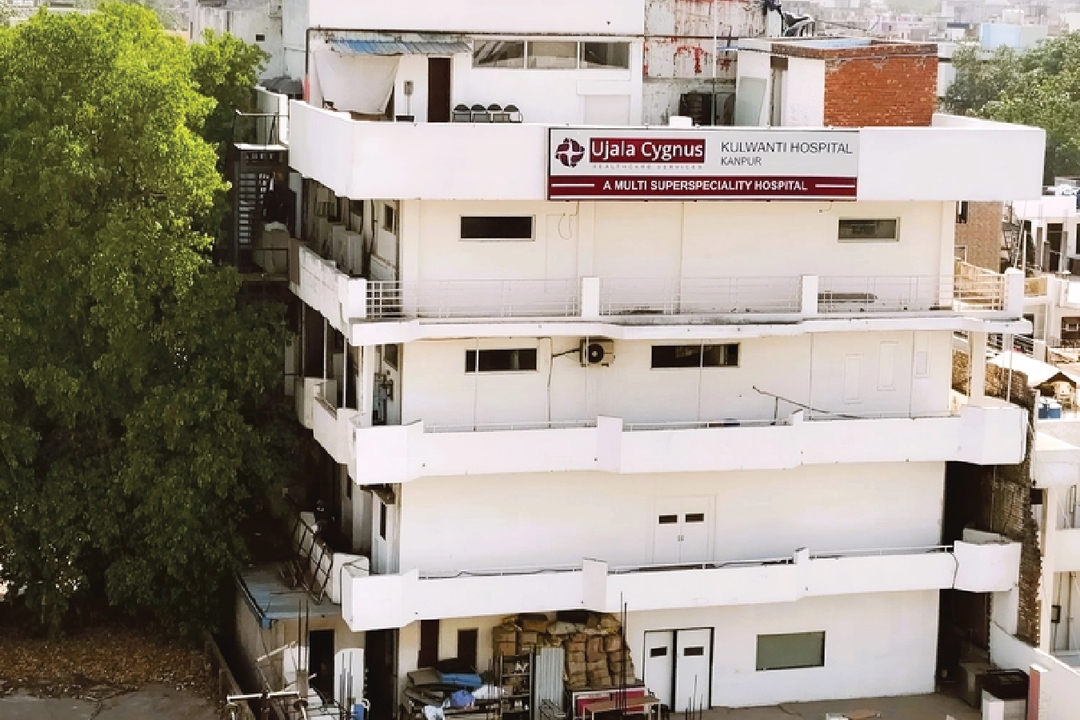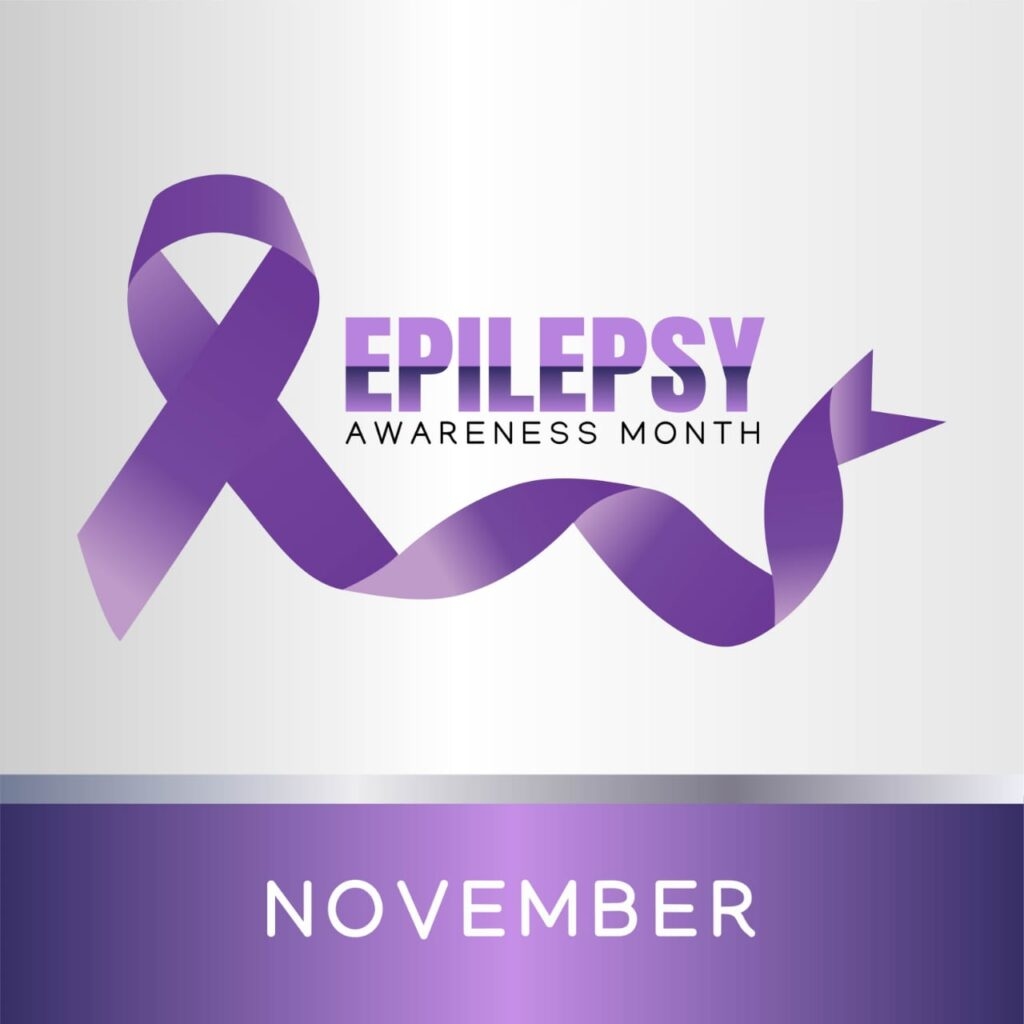
Epilepsy: Causes, Types and Preventions
By Ujala Cygnus
Reviewed by : Jalaz Jain
November 17, 2020
What is a Seizure/Convulsion?
It is a sudden change in behaviour, movements and consciousness that happens because of abnormal, excessive discharges from your brain cells called neurons. It is basically an electrical imbalance in your brain.
What is Epilepsy?
It is a condition when an individual has recurrent seizures due to a chronic condition.
What Causes Epilepsy?
What are the Common Conditions Causing Seizures?
What are the Types of Seizures?
Seizures can broadly be classified as:
Types of Seizures Explained
Focal Seizures
Focal seizures without dyscognitive features
Focal seizures with dyscognitive features
Generalized Seizures
Absent or Petit Mal Seizures
Status Epilepticus
Seizures In Children With Fever
Prevention of Seizures
Treatment of Seizures
Loading...




